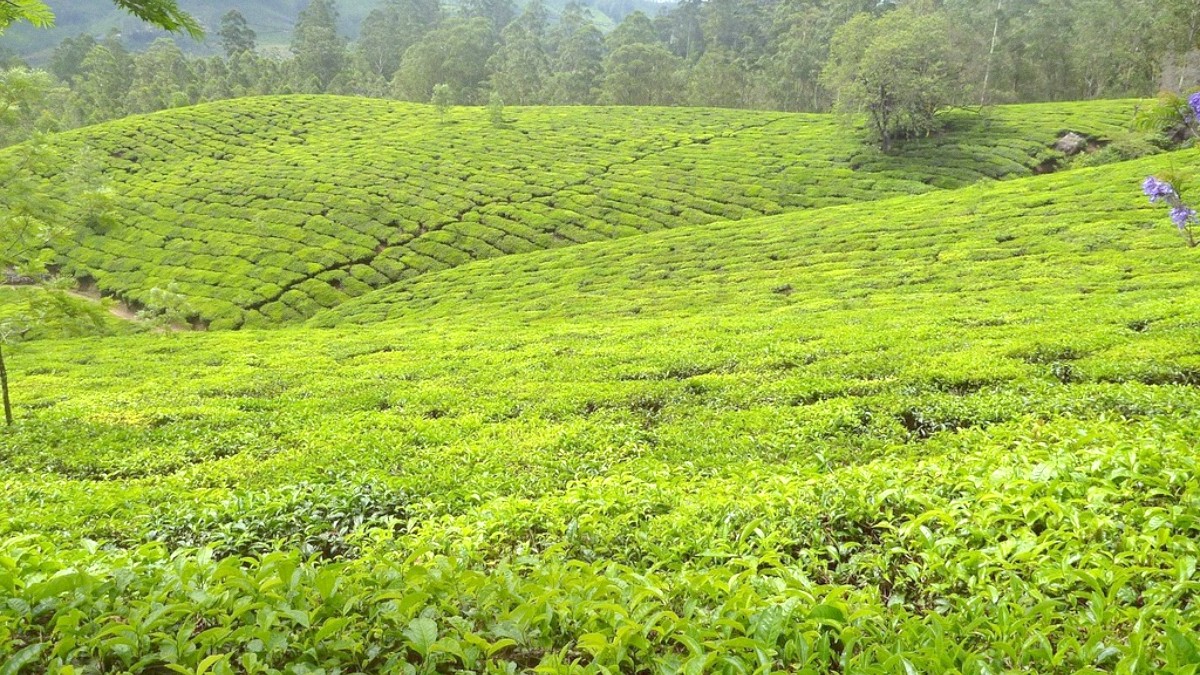
Northeast States, India
Daytime: Lightweight long-sleeved shirts, T-shirts, or breathable cotton tops. Evenings and Mornings: Temperatures drop significantly, especially in December and January. Layering is important, specifically for early morning safaris where temperatures can be near freezing.
Summer (April-May): Loose-fitting, breathable clothing made of natural fibers like cotton or linen is recommended. Opt for light colors to reflect heat. Monsoon (June-September): Pack lightweight, quick-drying fabrics. Synthetics perform better than cotton in continuous rain.
Comfortable Walking shoes are necessary for city sightseeing, markets, and general travel.
Waterproof sandals or shoes prove useful during monsoon to handle wet conditions. Sandals or flip-flops for casual wear.
Bring Hiking boots or sturdy shoes for treks or extensive walking in national parks. Pack moisture-wicking Socks.
Always carry your original passport with your physical visa sticker, or a printed copy of your e-Visa approval letter. Keep multiple photocopies and digital copies (scans or photos) on your phone, email, and a cloud storage service. Keep these separate from your originals. A comprehensive travel insurance policy for India, covering medical treatment, evacuation, and trip interruptions, comes highly recommended.
India operates on a 230V supply at 50Hz. Plug types C, D, and M are most common. Bring an universal travel adapter. Most modern electronics are dual voltage, so a separate voltage converter is usually not needed. Most modern smartphones are compatible with Indian cellular networks (GSM).
For wildlife photography (Kaziranga, Manas), a DSLR or mirrorless camera with a telephoto zoom lens (e.g., 70-300mm or longer) is highly recommended. For general travel, a Compact mirrorless camera or a Smartphone with a good camera is sufficient. Bring extra batteries and memory cards. A Waterproof camera bag is useful if traveling during the monsoon.
Consider using cloud storage (e.g., Google Drive, Dropbox) for backing up photos, videos, and important documents.
An External hard drive or USB drive provides physical backup for your memories and information.
Enable password protection, biometric security, and remote wipe features on all your devices in case of loss or theft.
A well-stocked health and wellness kit helps you manage minor ailments and stay healthy on your trip. It's a proactive measure to address common travel-related health issues quickly.
Carry enough of your prescription medications in original packaging with pharmacy labels and a doctor's note. Over-the-counter medications for common issues like cold, flu, stomach upset, and motion sickness. Altitude sickness is not a concern on Assam's plains, but consider remedies if extending your travel to higher areas.
Bring Binoculars for better viewing of animals and birds. Wear neutral-colored clothing and apply insect repellent.
A comfortable Daypack for water, snacks, and personal items. A Water bladder or bottles are useful.
A small Notebook and pen for journaling. Consider a good book about Assamese history or culture, like The Brahmaputra: The Story of a River by Arupjyoti Saikia.
These additional items contribute to comfort, security, and preparedness throughout your journey.
These items promote sustainable travel and readiness for local conditions.
Consider offsetting your flight emissions.
Minimize single-use plastics.
Patronize local businesses and artisans.
Be mindful of water usage.
Roll your clothes to save space and minimize wrinkles. Use packing cubes for organization. Weigh your luggage before heading to the airport to avoid excess baggage fees.
Consider bringing a small, foldable bag for souvenirs or extra shopping.